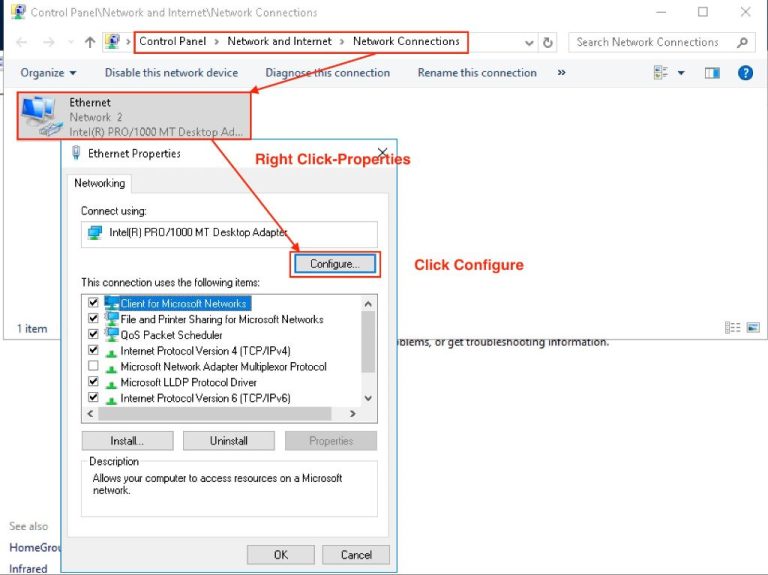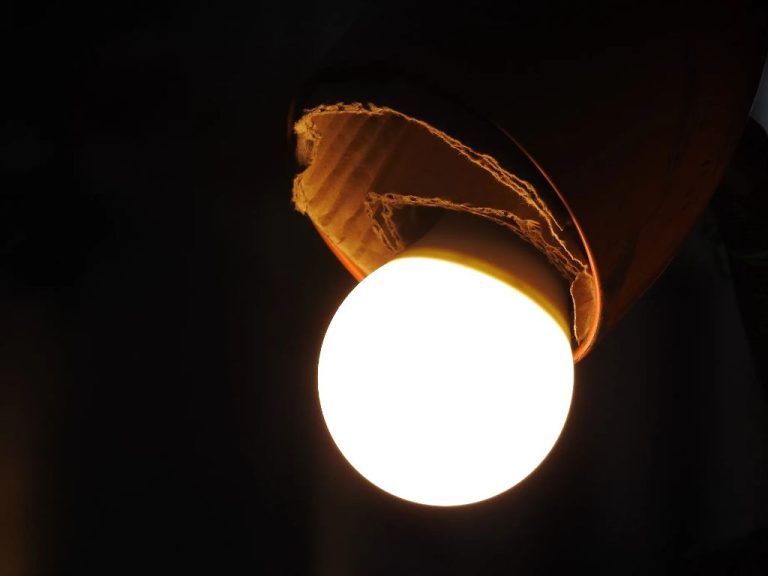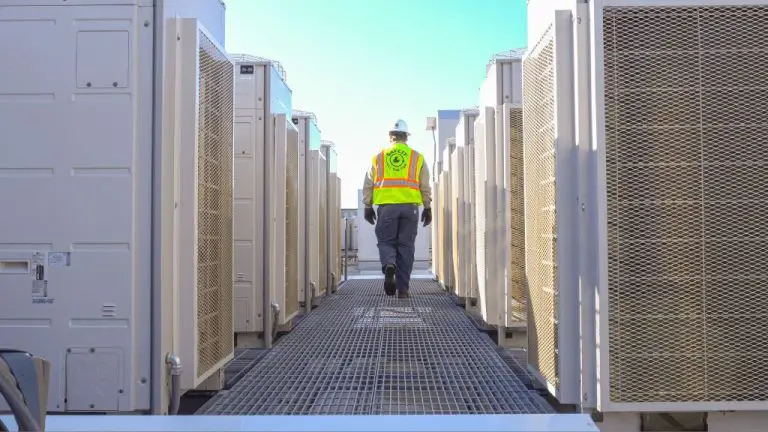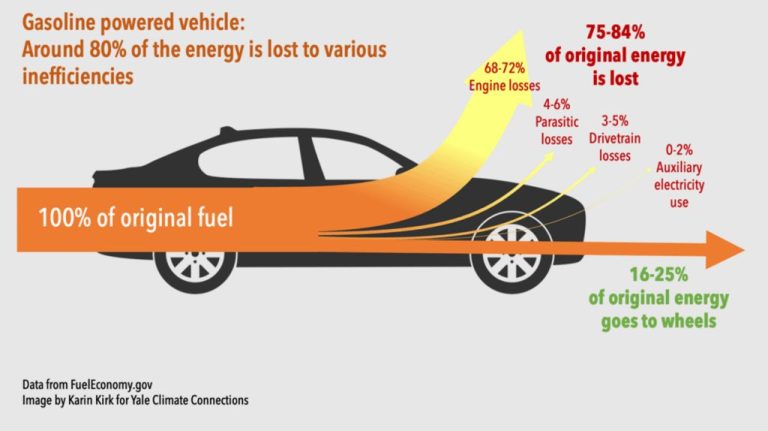How Does A Ppa Agreement Work?
A Power Purchase Agreement (PPA) is a contract between two parties, one who generates electricity (the seller) and one who is looking to purchase electricity (the buyer) (Better Buildings Initiative). The PPA defines all of the commercial terms for the sale of electricity between the two parties, including when the project will begin commercial operation, schedule for delivery of electricity, penalties for under delivery, payment terms, and termination.(Next Kraftwerke)
The purpose of a PPA is to establish a long-term agreement to buy and sell electricity at an agreed upon price. This provides several benefits:
- The buyer secures a long-term supply of electricity at a fixed price
- The seller has a guaranteed customer and fixed pricing, which helps secure financing
- PPAs typically last 10-25 years, providing long-term stability
PPAs are frequently used for renewable energy projects, whereby a developer builds a solar or wind project and signs a long-term PPA with a utility company to buy the electricity. The PPA provides the developer with stable revenue allowing them to get project financing and build the project. The utilities in turn get access to renewable energy at stable long-term pricing.
Parties Involved
There are several key parties involved in a PPA agreement:
The offtaker is the buyer of the electricity under the PPA. This is typically a utility, municipality, or large energy consumer. The offtaker agrees to purchase the power generated by the project over the term of the contract at the prices specified in the PPA. This provides the power producer with a guaranteed revenue stream and stable cash flow. (Wikipedia)
The power producer is the owner and operator of the electricity generating asset. The power producer finances, develops, builds, and operates the renewable energy project. They are responsible for the performance and maintenance of the system over the contract term to ensure reliable power delivery. (Power Purchase Agreement | PPA | Definition – Next Kraftwerke).
Project investors provide the financing required to develop the renewable energy project in exchange for returns generated over the PPA term. The PPA contract provides investors confidence in the long-term project cash flows and creditworthiness of the offtaker. (Better Buildings Initiative)
Utilities sometimes act as the offtaker, purchasing the power from independent power producers to meet electricity demand and renewable energy procurement goals. In regulated markets, the PPA contract must be approved by the public utilities commission. (Wikipedia)
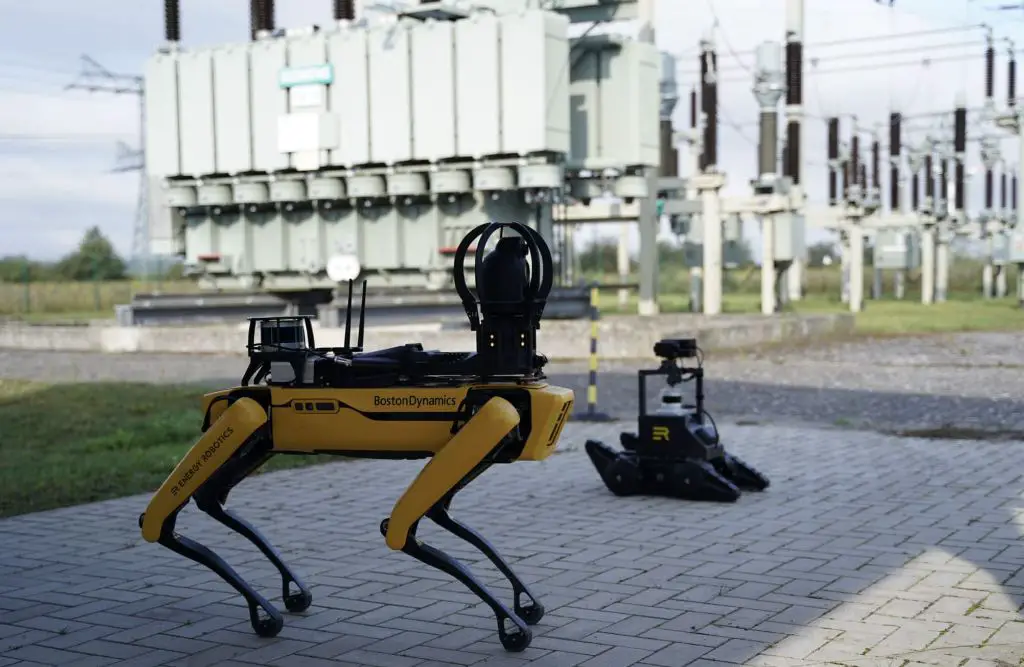
Contract Duration
PPA agreements are typically long-term contracts that can range from 10-25 years in length (Solar Power Purchase Agreements | SEIA). The longer contract duration provides stability for both the project developer and the energy buyer. According to the Better Buildings Initiative, PPAs are generally long-term agreements of 10-25 years (Power Purchase Agreement (PPA) – Better Buildings Initiative).
The duration is negotiated between the two parties based on factors like projected electricity costs, site conditions, and technology. The buyer may prefer a shorter term of 10-15 years to preserve flexibility, while the developer often prefers 20-25 years to maximize project returns (What is a PPA? THE Guide to Power Purchase Agreement). The length will impact the pricing and rate escalators in the contract.
Pricing
There are two main pricing structures for PPAs – fixed and variable price. With a fixed price PPA, the buyer pays an agreed fixed price per kWh generated over the contract duration. This provides price certainty and hedges against energy price volatility. Fixed price PPAs typically start with a base price that increases at a pre-determined escalation rate each year (commonly around 2%) to account for inflation.
With a variable price PPA, the price per kWh fluctuates based on an index like market energy rates or gas prices. While this exposes the buyer to some pricing risk, it also allows them to benefit when prices decline. Variable price PPAs may specify floors and ceilings to limit pricing risk. Escalation rates are typically not applied to variable price PPAs.
According to research, fixed price PPAs accounted for over 95% of corporate renewable PPAs in the United States in 2020 (Source). Buyers prefer the long-term price certainty to mitigate risk. Sellers may also favor fixed pricing as it helps secure financing for projects.
Performance Guarantees
A key component of PPA agreements are performance guarantees, which outline the minimum levels of production the system must meet. These help protect the buyer by ensuring they receive the expected amount of power. Common types of guarantees include:
Production Guarantees: The PPA will specify a minimum kWh output that the system must generate each year. This is usually based on a P50 production estimate (meaning a 50% probability the system will meet or exceed that level). If the actual production falls short, the seller owes a penalty payment to the buyer. Production is typically guaranteed to be at least 90% of the expected P50 output.1
Availability Guarantees: The seller guarantees the system will be available and online for generation at least a certain percentage of the time, such as 99%. Penalties may apply if availability drops below the guaranteed threshold.
Performance Ratchet: The guarantees may increase each year to account for panel degradation. This ensures production levels stay consistent over the life of the PPA.
By including robust performance guarantees, the PPA buyer can minimize risk and ensure they receive the expected benefits of the solar installation.
Curtailment
Curtailment refers to the ability of the utility off-taker to reduce the output of the renewable energy generator below what could have otherwise been produced. Curtailment is often necessary during periods of excess energy generation or transmission congestion on the grid. The PPA will specify the off-taker’s right to curtail and the compensation owed to the generator.
The PPA will grant the utility the right to curtail or reduce the generator’s output during certain system conditions. According to Synertics, PPAs often include provisions to address compensation or remedies for curtailed energy, as negotiated between the generator and the off-taker.
For compensation, the PPA may provide payment to the generator based on a percentage of the contract price for the curtailed energy or alternatively, the generator may receive replacement energy from the utility later. According to First Solar, some PPAs compensate based on actual energy delivered, while others provide payment for curtailed energy as if it had been delivered.
The PPA will also specify notification procedures associated with curtailment. The utility may be required to provide advance notice, such as a day ahead forecast of curtailment. Provisions related to the timing and amount of compensation may also be tied to the notification requirements.
Dispatchability
Dispatchability refers to the right of the offtaker to control the output of the project and request generation at specific times. Often, the offtaker wants to dispatch the project during peak periods when electricity prices are high to reduce their costs. The PPA will specify if and how the project can be dispatched by the offtaker.
According to this guide, a key consideration is whether the project can physically provide power on demand or requires continuous operation. Technologies like solar and wind may have limits on dispatchability. The PPA should account for operational constraints while still allowing some dispatchability.
The PPA will specify compensation terms for dispatchability. Typically, the offtaker provides a capacity payment for the right to dispatch the project based on a percentage of nameplate capacity. There may also be energy payments when dispatched based on a negotiated rate schedule. According to this article, the project owner may receive additional compensation for increased maintenance and equipment wear from dispatching.
Financing
A key benefit of a PPA is that it enables renewable energy projects to obtain financing. The PPA provides a long-term contract for the project to sell power, giving investors confidence in the revenue stream. This makes the project “bankable” – meaning lenders are willing to provide financing with the PPA contract in place.
The PPA also allocates risks between the power producer and the off-taker. The off-taker takes on the risk of power price fluctuations, while the producer takes on risks like underperformance of the system. This risk allocation is favorable for financing, as lenders prefer the producer to carry performance risks.
According to the Better Buildings Initiative, “The terms of the PPA are structured in a way that satisfies the power producer’s need to secure financing for the project” (Source). The PPA revenue gives confidence for obtaining competitive financing terms.
Assignment and Transfer
A key consideration in PPA agreements is the ability for parties to assign or transfer the contract. The PPA will contain provisions governing when and how the seller can assign the agreement to another party, such as in the event of a change in control or sale of the project company. Oftentimes the seller cannot assign the PPA without the buyer’s prior written consent.
The PPA may also restrict a change in control of the seller, requiring the seller to notify the buyer if there is a change in over 50% ownership. The buyer then has the option to terminate the PPA if the new controlling party is a competitor or other unacceptable entity. These clauses aim to protect the buyer from unexpected changes in their counterparty.
Overall, assignment and transfer provisions in a PPA agreement balance the seller’s need for flexibility with the buyer’s need for certainty in the counterparty. Properly structured, these clauses allow for changes in project ownership while giving the buyer approval rights over any new counterparty.
Termination
There are certain events that can lead to the termination of a PPA agreement before the end of the contract duration. These events are known as events of default and are usually clearly defined in the PPA contract. Common events of default include failure to make payments, failure to achieve commercial operation by an agreed upon date, bankruptcy, and breach of material contract terms. If an event of default occurs, the non-defaulting party typically has the right to terminate the PPA.
Many PPAs also specify termination compensation that must be paid if one party terminates the agreement early or improperly. This compensation is intended to reimburse the non-defaulting party for investments made under the assumption that the PPA would continue. According to one source, “The non-defaulting party should negotiate for termination compensation equal to the present value of the payments it would have received over the full term of the PPA” (https://ahclaw.com/energy_post/the-importance-of-ppa-termination-provisions/).
Finally, most PPAs contain dispute resolution clauses to deal with any disagreements over termination events or compensation. These usually involve negotiations between executives, followed by mediation and arbitration if needed. The goal is to resolve conflicts efficiently without going to court.

